5 Surprising Facts About Upper Elementary Montessori You Need to Know
Most people think of Montessori as hands-on learning for little kids, but trust me – upper elementary Montessori takes learning to the next level. With more independence, deeper thinking, and big ideas, it completely transforms how 9- to 12-year-olds learn.
The upper elementary Montessori classroom is a lively, collaborative space where students build critical thinking skills and a love for learning. It is carefully designed to support their growth. By nurturing curiosity and encouraging exploration, it meets their unique developmental needs.
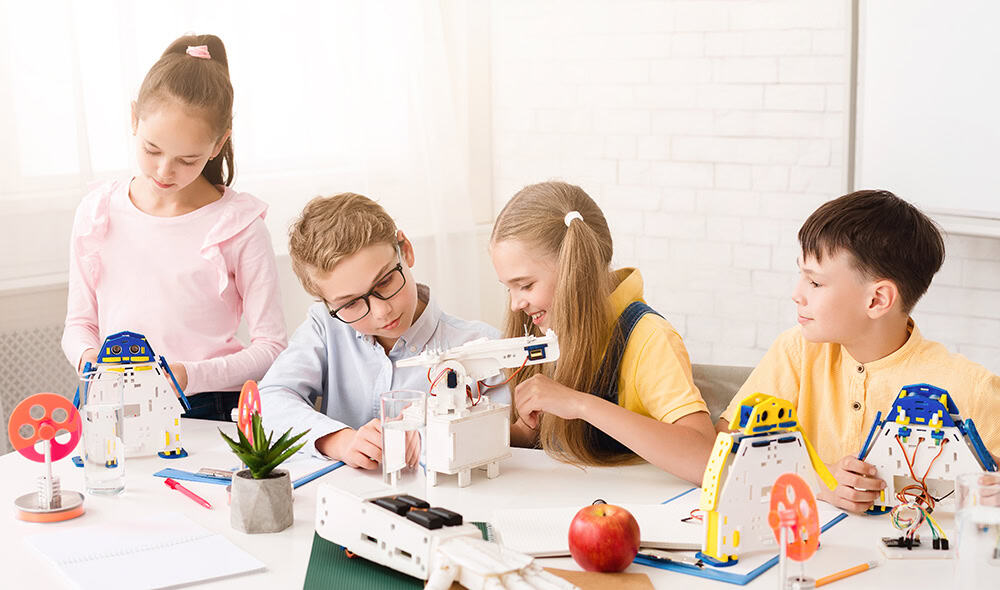
Check out these surprising facts about upper elementary Montessori that reveal just how impactful this approach can be.
5 Facts About Upper Elementary Montessori
As an experienced upper elementary Montessori teacher, once you explore these surprising facts, you’ll be inspired to learn even more about how Montessori nurtures children in the second plane of development.
1. Students Manage Their Own Work
In an upper elementary Montessori classroom, students aren’t told exactly what to do and when. Instead, they’re empowered to plan their own workdays, balancing deadlines and projects based on their own pacing and priorities.
While this approach encourages independence, it doesn’t mean students have a free-for-all. Each day, teachers present lessons and introduce concepts, providing students with clear guidance on what needs to be done. Students have the flexibility to decide when to complete follow-up tasks and projects. This allows them to explore their interests within their learning.

At this stage of development, students begin to grasp the concept of time management. They also learn to prioritize tasks while tackling challenges independently. This growing responsibility fosters confidence, nurtures independence, and equips them to make thoughtful decisions about how they manage their time.
This approach helps students build strong organizational skills while giving them a real sense of ownership over their learning. They learn to manage their time and make thoughtful decisions about their work. Teachers are always there to offer guidance when needed. With this support, students gain confidence as they develop these essential life skills.
2. There’s a Shift From Hands-On to Abstract Learning
Hands-on learning is the hallmark of early Montessori, but by upper elementary, students are ready for deeper, abstract thinking. Between ages 9 and 12, they’ve built a solid foundation with concrete materials like the Montessori checkerboard and racks and tubes, preparing them to explore complex concepts on a more abstract level.
Unlike in traditional schools, where abstract thinking is often introduced through lectures and textbooks, Montessori allows students to transition naturally from concrete to abstract understanding through self-guided exploration and curiosity-driven projects.
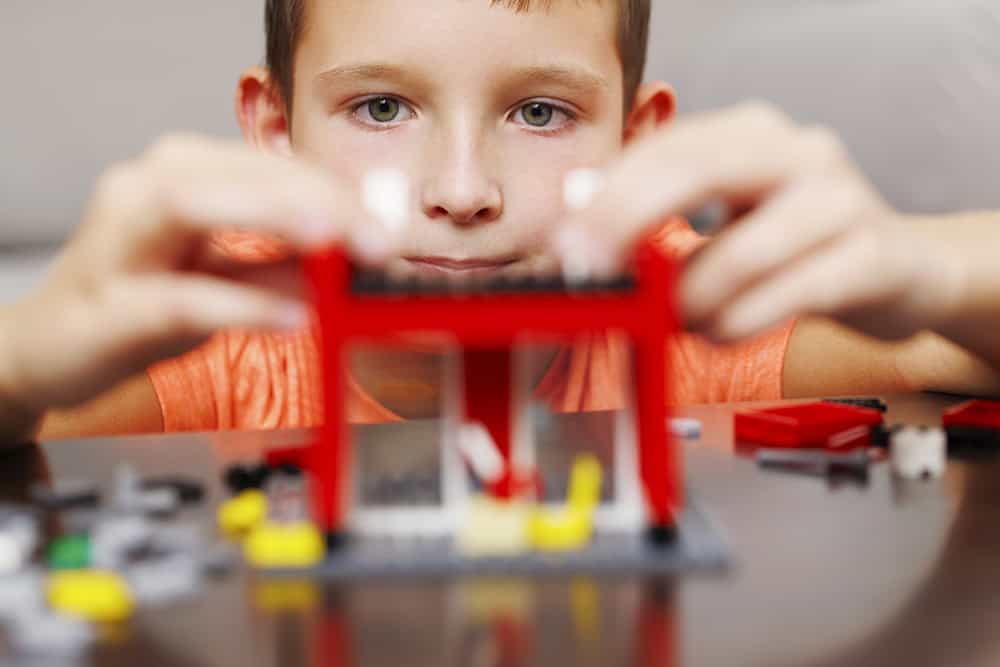
Hands-on learning doesn’t disappear entirely. Students still use physical materials when needed to explore and deepen their understanding. This smooth transition from concrete to abstract helps them grasp concepts more fully. It also sparks curiosity, encouraging them to explore the “why” behind what they learn.
3. Real-World Projects Build Community and Responsibility
Upper elementary Montessori students don’t just learn about social responsibility – they live it. Many upper elementary Montessori classrooms hold regular meetings where students discuss ideas for fundraisers or community service projects. These discussions help students develop a sense of ownership and collaboration.
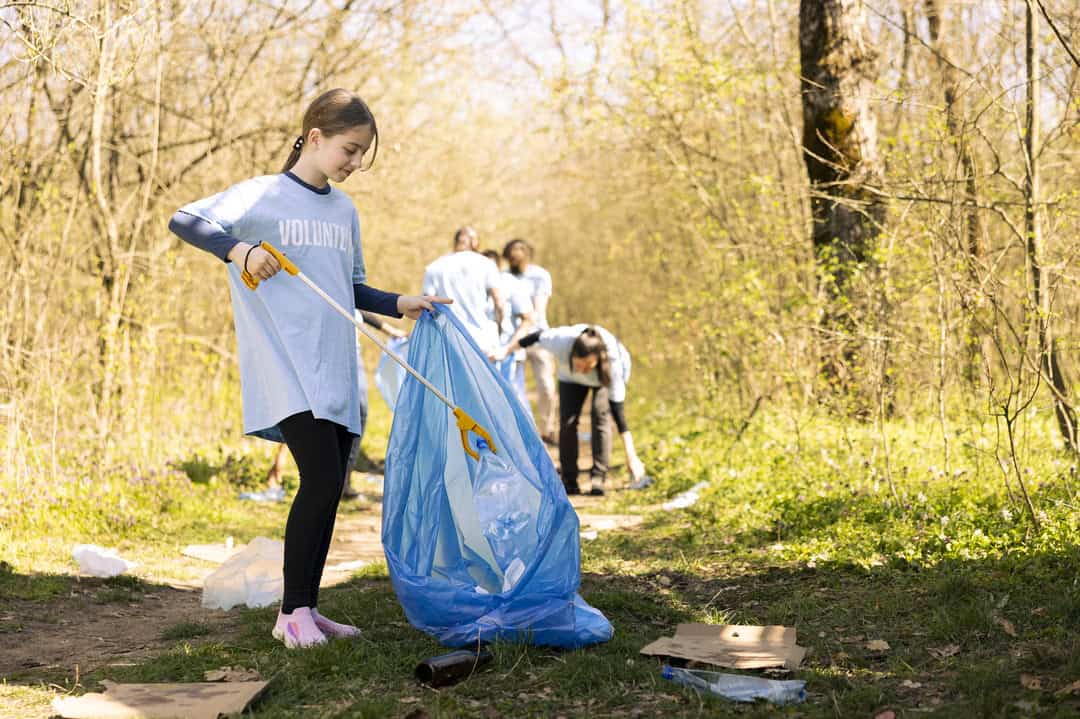
Students work together to plan events, raise funds, and take action for causes that matter to them. Through these experiences, they develop empathy and a sense of civic responsibility. Projects might include fundraising for animal shelters, supporting global charities, or organizing community clean-ups. Each initiative helps students see the real impact of their efforts.
In the process, students develop empathy, compassion, and a strong sense of community, learning that their actions have real-world impact. These opportunities develop skills in event planning, budgeting, and teamwork, equipping students for life beyond the classroom.
4. Freedom With Responsibility is the Montessori Way
In upper elementary Montessori, respect for the child is not just a philosophy, it’s the foundation of how the classroom operates. Students are given the freedom to make choices, but always within a framework of responsibility. This balanced approach fosters a sense of autonomy and accountability, essential qualities in a child’s development during these pivotal years.

For example, in my upper elementary Montessori classroom, students weren’t required to raise their hands for bathroom breaks. Instead, they signed themselves out, which showed the trust I had in them and allowed them autonomy in their day-to-day activities. Similarly, if students needed a break or a moment to regroup, they had the freedom to step away from their work. These freedoms provided valuable opportunities for students to practice self-regulation and make thoughtful decisions about managing their time and emotions.
This level of trust and independence is crucial in fostering self-respect and self-discipline. It encourages students to see themselves as responsible individuals who are capable of managing their own actions and decisions.

By intertwining respect and freedom, upper elementary Montessori classrooms create a learning environment where students feel supported, trusted, and empowered to make thoughtful decisions – helping them grow into independent, responsible learners.
5. Outdoor Exploration Isn’t Just Recess, It’s Learning
Nature plays a huge role in the Montessori upper elementary classroom. Students don’t just learn about science from textbooks; they experience it firsthand. Whether they’re studying biology, geology, or ecology, students are provided with opportunities to explore the natural world around them, often with lessons and projects that bring them outside.
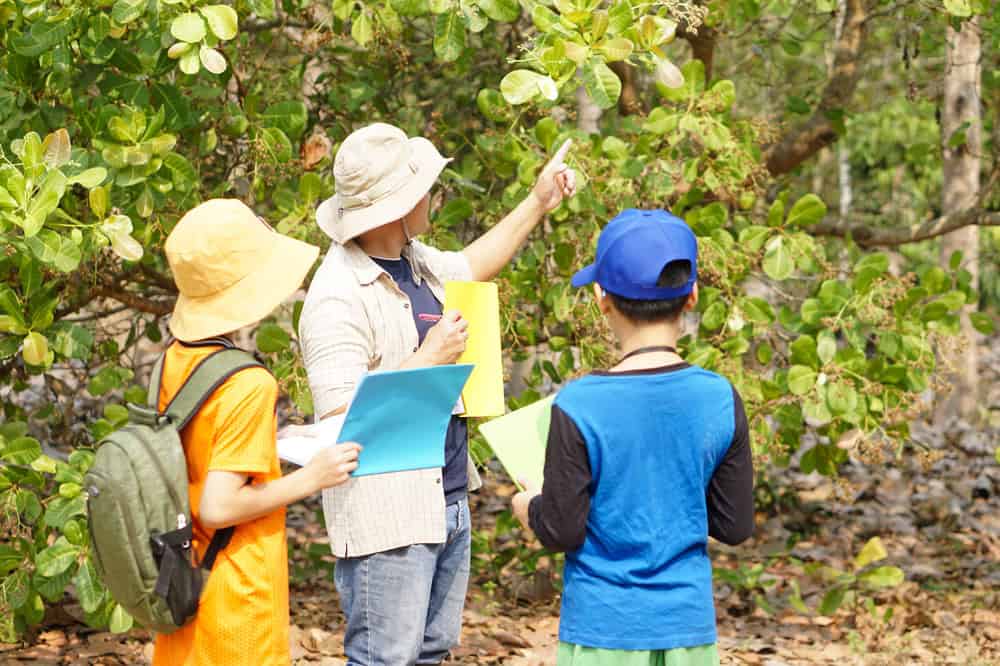
For instance, instead of simply learning about weather patterns from a chart, students may track the weather over time, analyze its changes, and discuss its impact on their local environment. They could take their studies of biology outdoors by examining plants and animals, exploring ecosystems right in their own backyards. These experiences are designed to deepen their understanding of the world around them, making abstract concepts concrete and engaging.
In an upper elementary Montessori classroom, students don’t just read about nature – they observe, interact with, and even contribute to it. They might plant a garden, study soil samples, or observe local wildlife. These hands-on experiences foster a respect for nature, spark curiosity, and improve their observation skills, making the learning process more dynamic and meaningful.

Through outdoor exploration, students not only gain knowledge of the natural world but also develop critical thinking, problem-solving, and collaboration skills. The natural world becomes a classroom that nurtures a sense of wonder and a deep connection to the environment, values that are core to the upper elementary Montessori philosophy.
By integrating nature into everyday learning, Montessori fosters a love for learning that extends well beyond the classroom walls.
The 9-12 Year Old in Upper Elementary Montessori
By the time students reach upper elementary, they’re in a developmental phase known as the second plane of development.
During this stage, children become more socially aware, curious about ethics and fairness, and eager to explore big ideas. They seek independence, crave social connection, and enjoy challenging themselves academically and socially. Montessori’s upper elementary environment nurtures these qualities by providing an atmosphere where students feel respected, encouraged, and engaged.
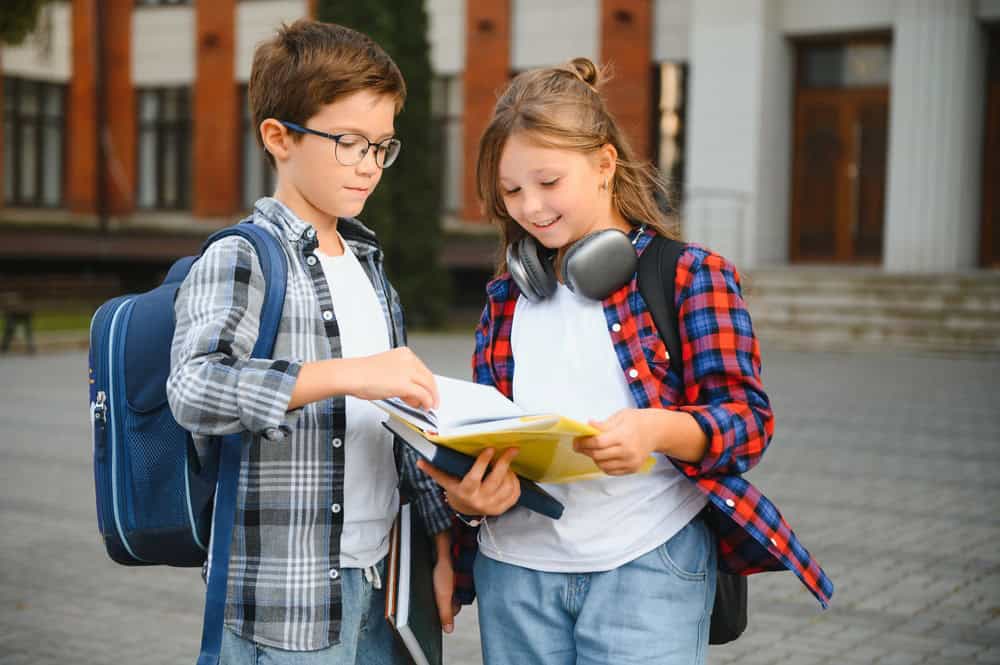
Teachers in upper elementary Montessori classrooms work to meet not only the academic needs of students but also their emotional and social needs. Lessons are presented as interconnected studies, not isolated facts, which helps students see the big picture and develop critical thinking skills. Here, students learn how to learn, which is a gift that will last a lifetime.
Benefits of Upper Elementary Montessori
Here are a few of the unique advantages of an upper elementary Montessori environment, where children develop independence, social responsibility, and a deep love for learning.
Enhanced Independence
The Montessori upper elementary classroom encourages self-directed learning, helping children become confident in managing their own tasks and deadlines.
Deep Sense of Community
Through collaborative projects and group work, students develop strong social skills and an understanding of how to contribute positively to their community.

Respect for Nature and the Environment
Montessori students learn to appreciate and respect the natural world through outdoor learning experiences, which nurtures a lifelong love for science and nature.
Social Responsibility and Ethical Awareness
At this age, students are naturally curious about fairness, justice, and how they fit into the larger world. Montessori encourages students to explore these questions through projects, discussions, and real-world experiences.
Strong Academic Foundation
The Montessori approach emphasizes a love of learning, making even complex subjects like mathematics, literature, and science feel accessible and interesting to students.
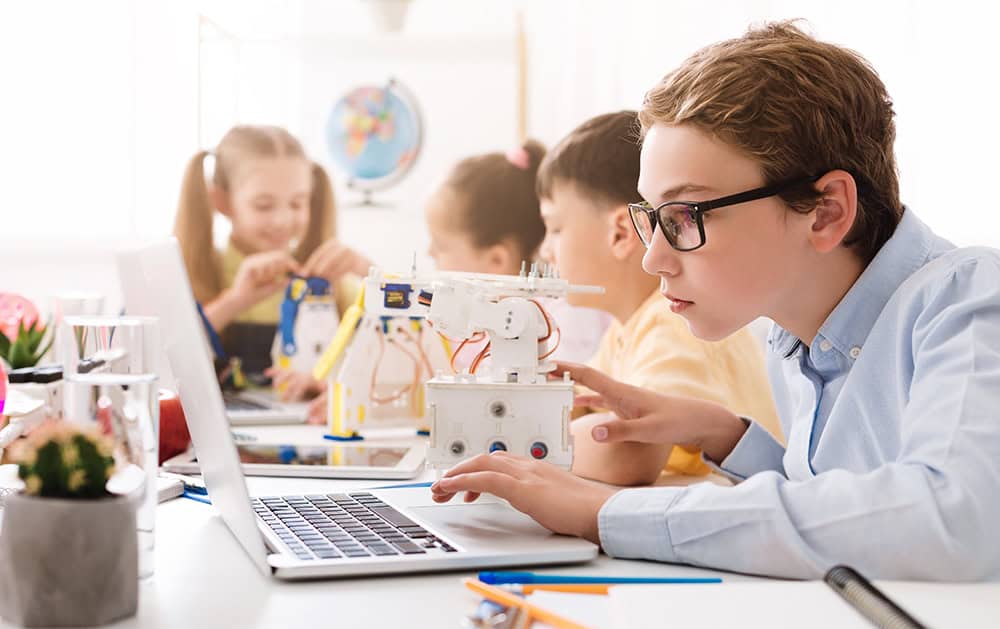
The Wrap-Up: Facts About Upper Elementary Montessori
Upper elementary Montessori is a unique and inspiring environment where students develop essential life skills, independence, and a love for learning. It’s a place where they’re empowered to explore, encouraged to ask questions, and trusted to manage their own education journey.
For parents and educators alike, these insights into upper elementary Montessori highlight the unique ways this educational approach empowers children, fostering skills and confidence that support them through adolescence and beyond.
📌 Pin this blog for future reference!

Keep Kids Learning with The Educational Activities in These Blogs:
11 Ways to Use Our Roll A Story Dice Game
Book Report Ideas for 5th Grade that Spark Imagination
31 Fun Summer Reading Activities Elementary Students Will Love
57 Epic Montessori-Aligned Spring Break Activities for Your Kids
Rebus Puzzles for Kids: A Comprehensive Riddle-Solving Guide
The Best Neighborhood Walk Scavenger Hunt and Ways to Use It
Elevate Elementary Math Skills with This Exciting Math Card Game
Score Big with These 9 Super Bowl Classroom Activities
27 Educational YouTube Channels to Prevent Summer Learning Loss


